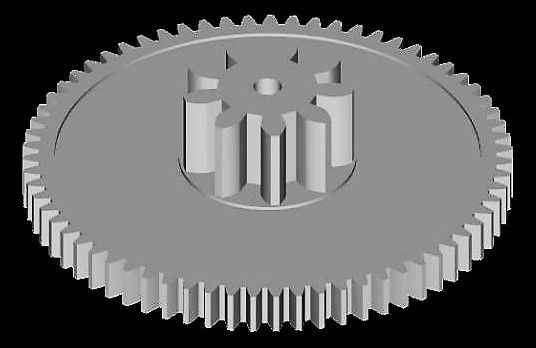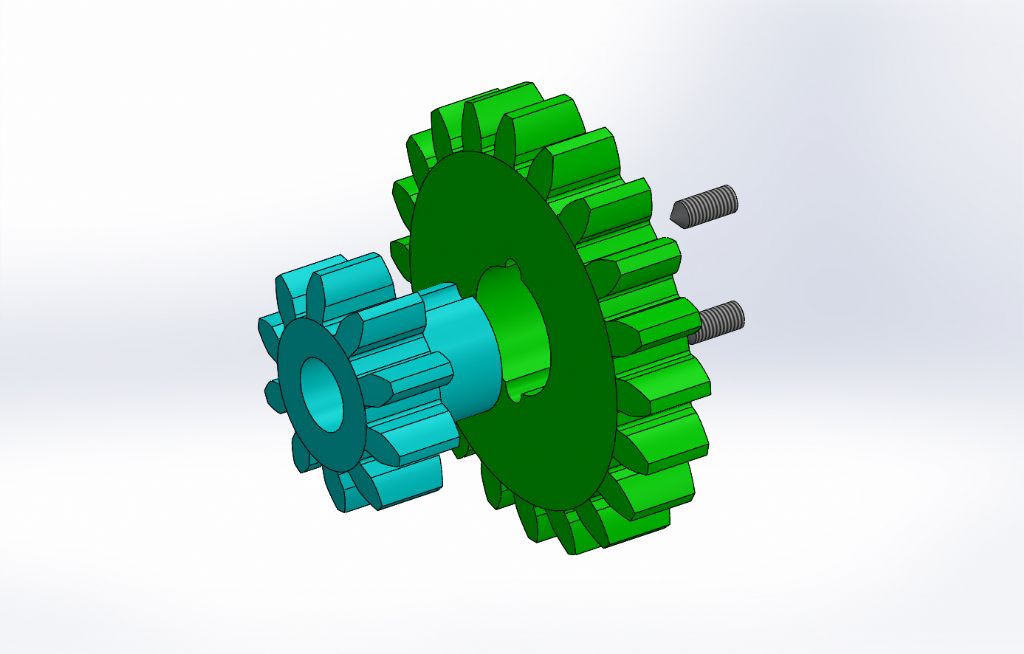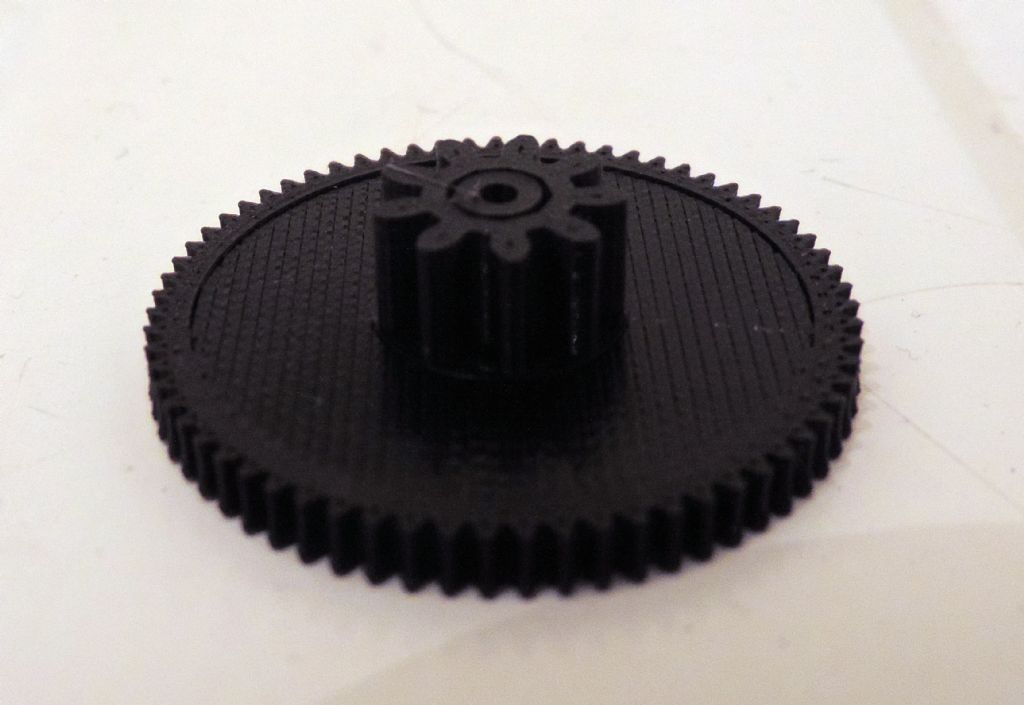Gear help needed please
Gear help needed please
- This topic has 21 replies, 13 voices, and was last updated 4 January 2017 at 19:00 by
Bodgit Fixit and Run.
Viewing 22 posts - 1 through 22 (of 22 total)
Viewing 22 posts - 1 through 22 (of 22 total)
- Please log in to reply to this topic. Registering is free and easy using the links on the menu at the top of this page.
Latest Replies
Viewing 25 topics - 1 through 25 (of 25 total)
-
- Topic
- Voices
- Last Post
Viewing 25 topics - 1 through 25 (of 25 total)
Latest Issue
Newsletter Sign-up
Latest Replies
- How to wire up 3 phase motor and 3 phase converter?
- Tangential tooling
- Elliott Omnimill Quill Clamp
- Machinery Handbook
- Which lathes have drawbars in the headstock?
- Flexispeed Meteor 2
- Stripped aluminum threads. Now what?
- Damp proofing concrete floors
- gear cutting with the shaper
- Powered hacksaw – blade lift for the return stroke








